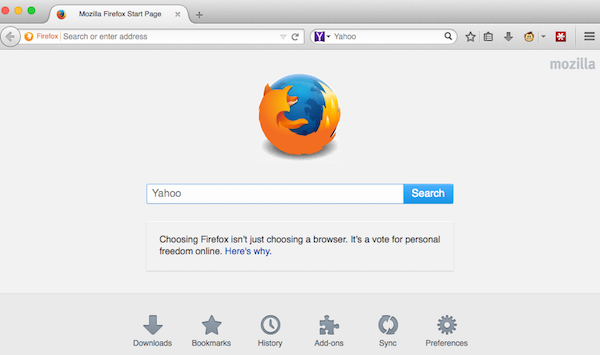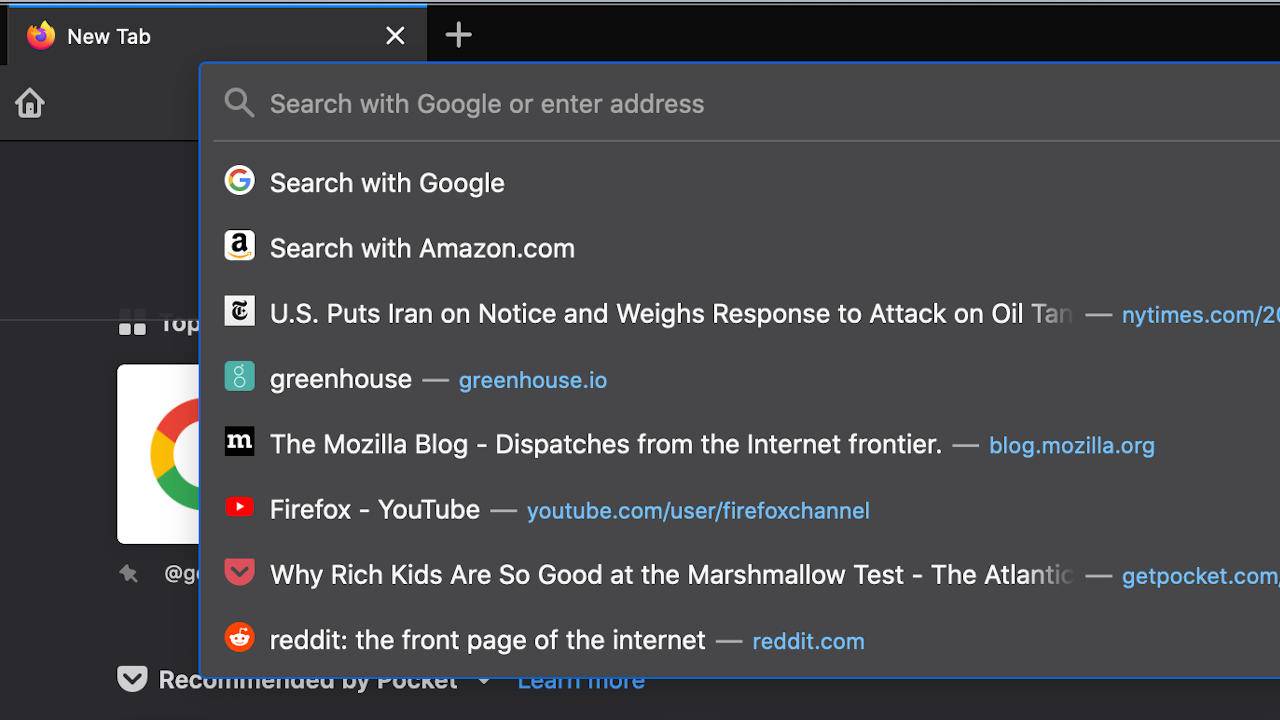
/Firefox-57e3dd8b3df78c690f2399ab.png)
Cookies are allowed for web compat reasons. > so no protection and not try to protect from repeat first party visits not even in new session which you claimĮTags and HTTP Alternative Services are being blocked. > brave not even clear that stuff by default. The first party has access to its own files always. > why you repeat what it do as designed, why you repeat what I say as truth?īecause you don’t seem to understand that partitioning does nothing when it comes to tracking your visits by first party. You know that there is a reason why they differentiate in that manner, right? Right? > 7 days easily bypassed by spawning from http cookie. You dismissing them does not mean that they are invalid. When I first mentioned it, I posted exactly this. > you say you can get all firefox exension ids. I mean, you can call me whatever, I am NOT calling myself that.

I am just a commenter who has sources to back up what he says. i start to think you biased and hate but you say you fingerprint expert. – Because you don’t like it, it has to be silly – it silly because it really dumb argument. so no protection and not try to protect from repeat first party visits not even in new session which you claim. brave not even clear that stuff by default. – 1st party cookies can be accessed by the same origin first party even under a partitioning scheme – why you repeat what it do as designed, why you repeat what I say as truth? brave NOT even partition cookie or local storage or idb or worker cache and more. 7 days easily bypassed by spawning from http cookie.

you say “cookies”, not “cookies set via JS”. – Literally what I said – not what you say. as you say the rest all MORE MINOR but I yet to see the rest because you not give list or any provings. – I listed a great many more things – you only list about ten things, not 4-5 pages. also, did you like my joke about you quantity and quality. call you “chief quantity non-expert talker” then. you say you can get all firefox exension ids. you say you can get real ip on tor browser.

– You can bestow whatever title on me – but you say you fingerprint expert. firefox does way more than any other browser for network partition and now dynamic first party isolation do same for cookies and web storage in next release in four days – this is a cross-browser development – no one care for silly argument on this or who invent. why i trust you? cookies not even have first party isolation in brave. you say cookies in brave limited to 7 days but it really 60 days. you got none? you been telling stretchy lies with no proof. where is all big differences that make brave best browser. you just said all the rest is “more minor” so the four things are “less minor” but still “minor” and you still only at four things else you would have more “less minor” things or at least a big thing. i know you not run ghacks but you supposed to be super expert ninja internet warrior you tell others you can get real ip even on tor browser. – Don’t know where you get this idea from – you very angry man, make me scardy cat. The screenshot below shows how the new scrollbar highlighting looks like in Firefox 87 Nightly. Chromium-based browsers like Google Chrome support similar functionality. Native integration on the other hand makes the feature available to all users of the browser. The feature is not entirely new, extensions like the abandoned FindBar Tweaks add-on for Firefox, or the still compatible add-on Search Multi Tabs added the feature to Firefox when installed. Starting in Firefox 87, visual highlights are shown on the scrollbar as well to indicate the position of matches on the page this is useful in large documents that may take a lot of scrolling. Select "highlight all" in the interface at the bottom to highlight all matches on the page. by invoking it with the shortcut Ctrl-F, you get a few options to customize the search and one visual option to highlight all matches. Currently, when you use find on page, e.g. Mozilla plans to introduce a new usability feature in Firefox 87 that improves the web browser's find on page functionality.


 0 kommentar(er)
0 kommentar(er)
